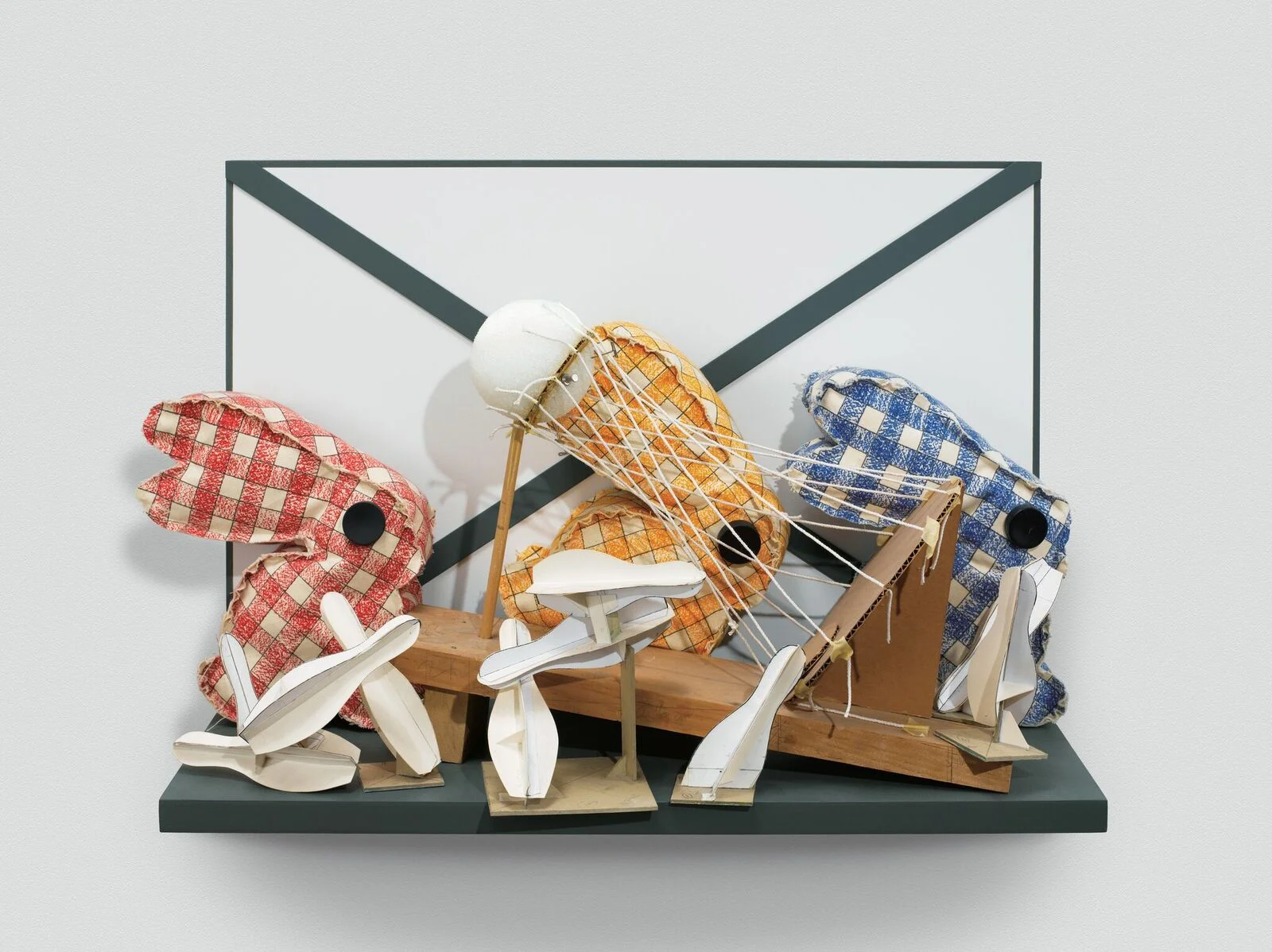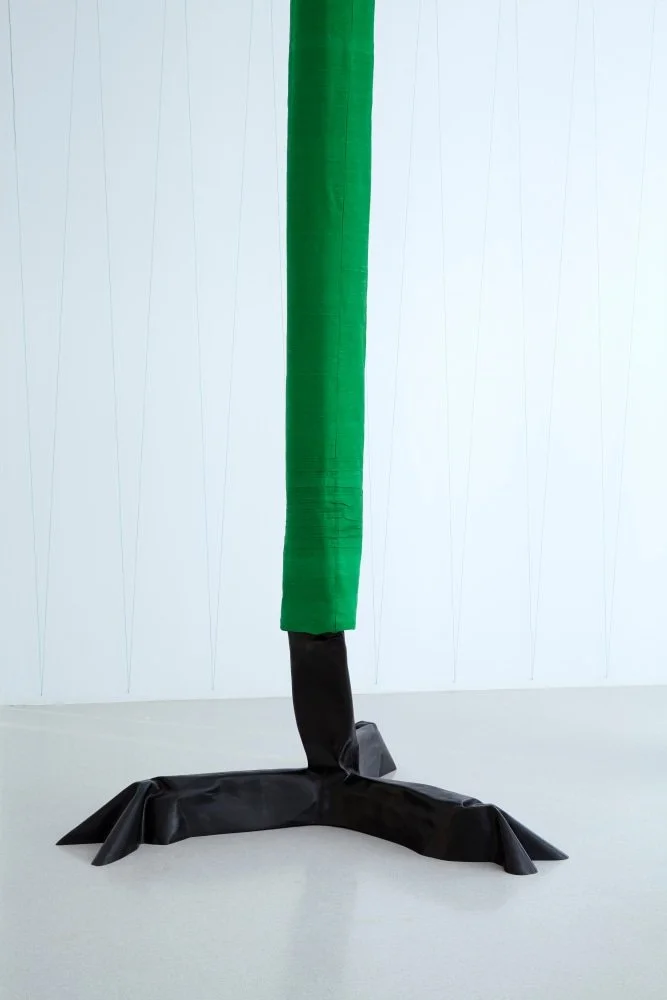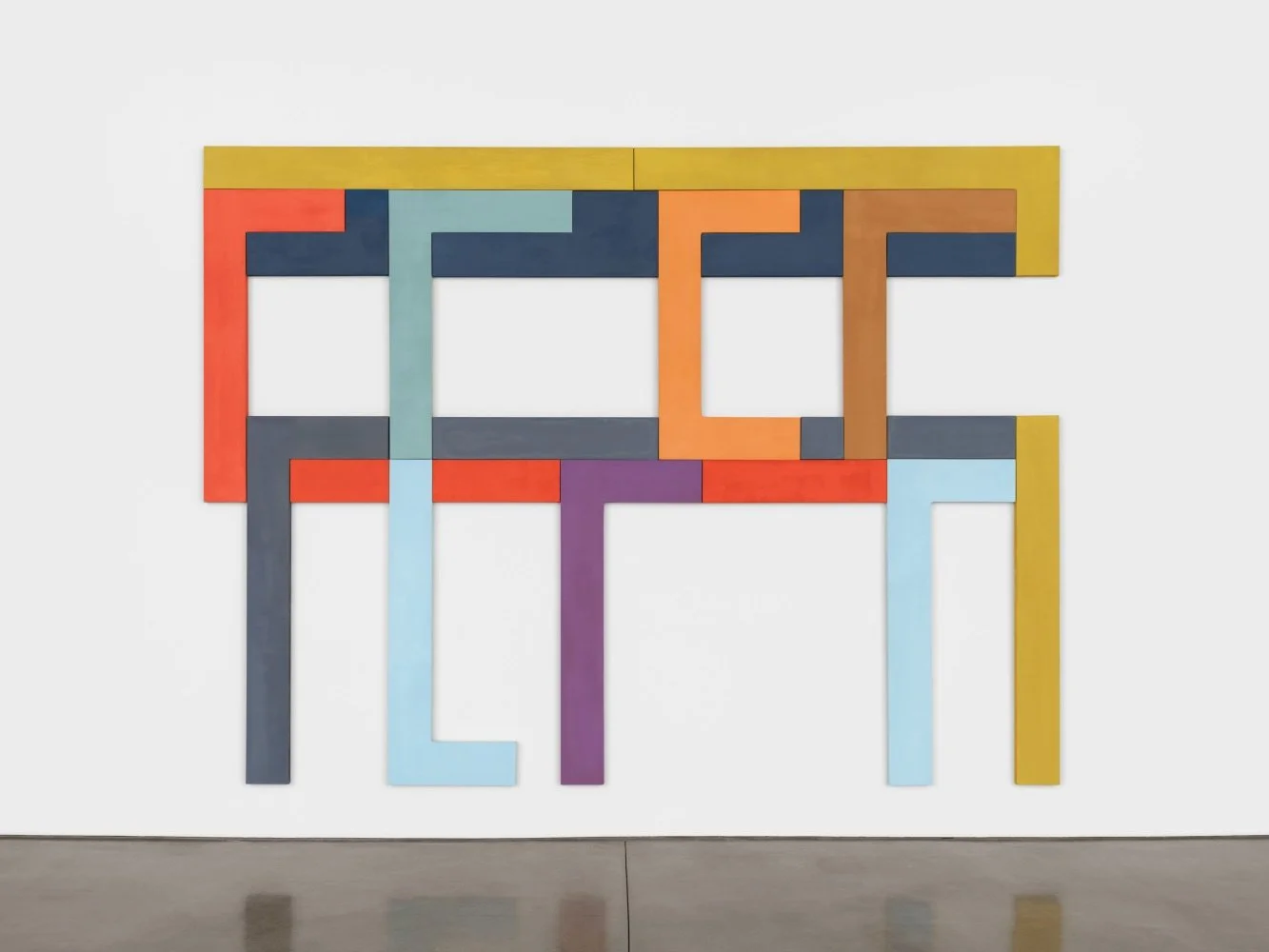Douglas Huebler
"Works from the 1960s"
Paula Cooper Gallery
New York, 521 West 21st Street
Created between 1963 and 1968, the selection includes sculptures, wall reliefs, and paintings that shed light on Huebler’s minimalist foundations and transition from object to concept. The exhibition is the first one-person presentation of Huebler’s work since 2012.
Considered a founder of Conceptual Art, Douglas Huebler’s interests and influences ranged from language and mathematics to avant-garde literature and Existentialism. Having abandoned painting and sculpture by the late 1960s, he is primarily known for his work that combined short written statements (usually containing a description of a structure or system) with other materials, such as photography, drawings, and maps, to wryly deconstruct the ways meaning is derived from visual information.
Douglas Huebler Untitled Wall Piece, May 1967 Formica on particleboard 20 1/2 x 9 5/8 x 3/4 in. (52.1 x 24.4 x 1.9 cm) © 2017 Estate of Douglas Huebler / Artists Rights Society (ARS), New York. Courtesy Paula Cooper Gallery, New York Photo: Steven Probert
Conceived prior to this shift, the works on view illuminate the ideological thread from which his conceptual projects developed. Working first as a painter, by the mid-1960s Huebler extended his canvases of brightly painted geometric forms into three-dimensional wall reliefs and standing constructions. “Plywood structures laminated with one or two neutral shades of pink, white, grey, and/or black Formica, the works have no predetermined tops, bottoms, or sides—each is devised to sit directly on the ground and, like a cube, can be turned in any direction.”1 In the 1966 catalogue for the seminal exhibition, “Primary Structures” at the Jewish Museum, Huebler wrote of this work: “I wish to make an image that has no privileged position in space and neither an inside nor an outside.”
Douglas Huebler Truro Series #1, 1966 formica on plywood 35 x 54 x 21 in. (88.9 x 137.2 x 53.3 cm) © 2017 Estate of Douglas Huebler / Artists Rights Society (ARS), New York. Courtesy Paula Cooper Gallery, New York Photo: Steven Probert
Eschewing concreteness and interiority, Huebler’s structures generate an organic relationship between object, percipient, and the spatial continuum within which they are coexistent. As such, the phenomenological experience of the viewer becomes paramount: “What has interested me all along is not the pronouncement of meaning, but pointing toward the way meaning is formed.” His 1966 sculpture, Truro Series #1, named for the town in Cape Cod, Massachusetts, where Huebler spent his summers, demonstrates this early interest in time and location as structural paradigms of the conscious experience, as well as Huebler’s idiosyncratic brand of humor. This is apparent in later conceptual works, such as (Snow Proposal), 1967, and (Map Piece), 1968, in which symbolic documentation replaces the actual object.
On November 4, the gallery will host a panel discussion on Huebler’s early work in relation to his conceptual practice. Moderated by Thomas Crow (Rosalie Solow Professor of Modern Art, and Associate Provost for the Arts at New York University), the panel will include Darcy Huebler (Associate Dean of the School of Art, California Institute of the Arts), Liz Kotz (Associate Professor, Department of the History of Art, University of California, Riverside), and David Platzker (Curator of Drawings and Prints, The Museum of Modern Art, New York).








